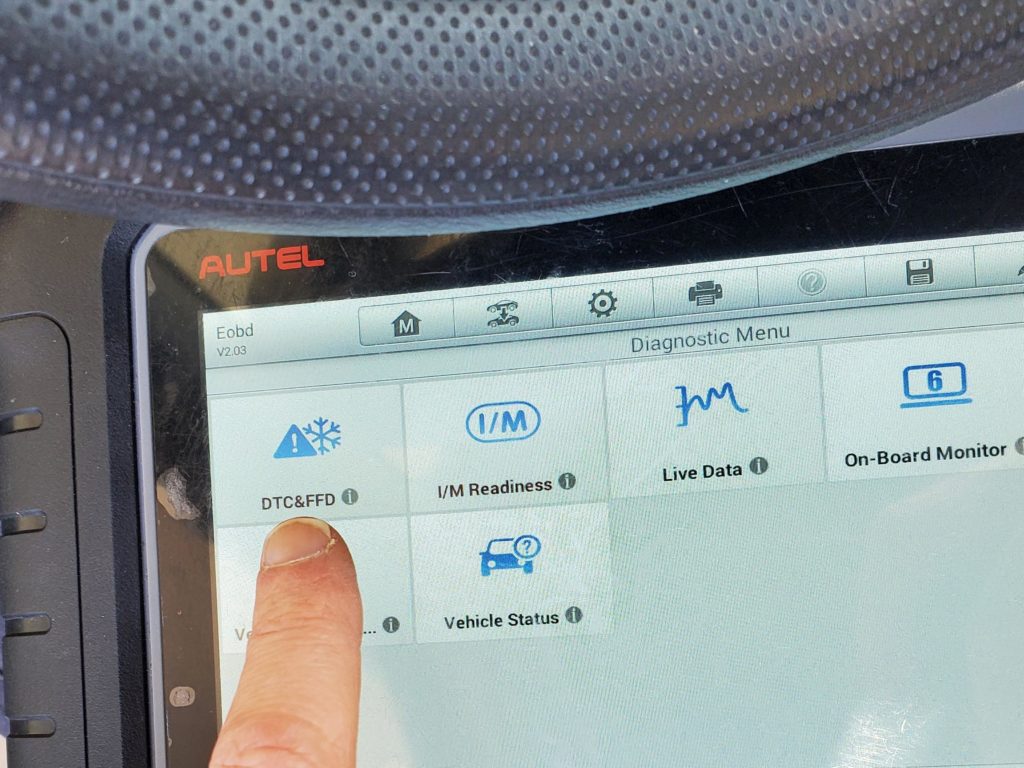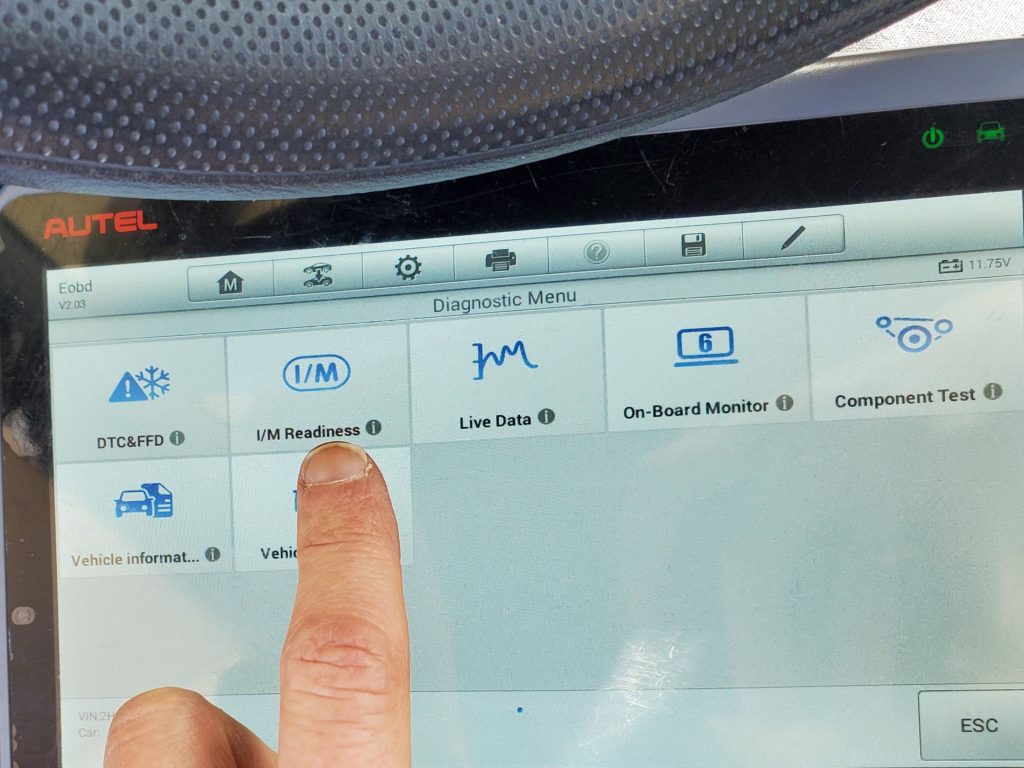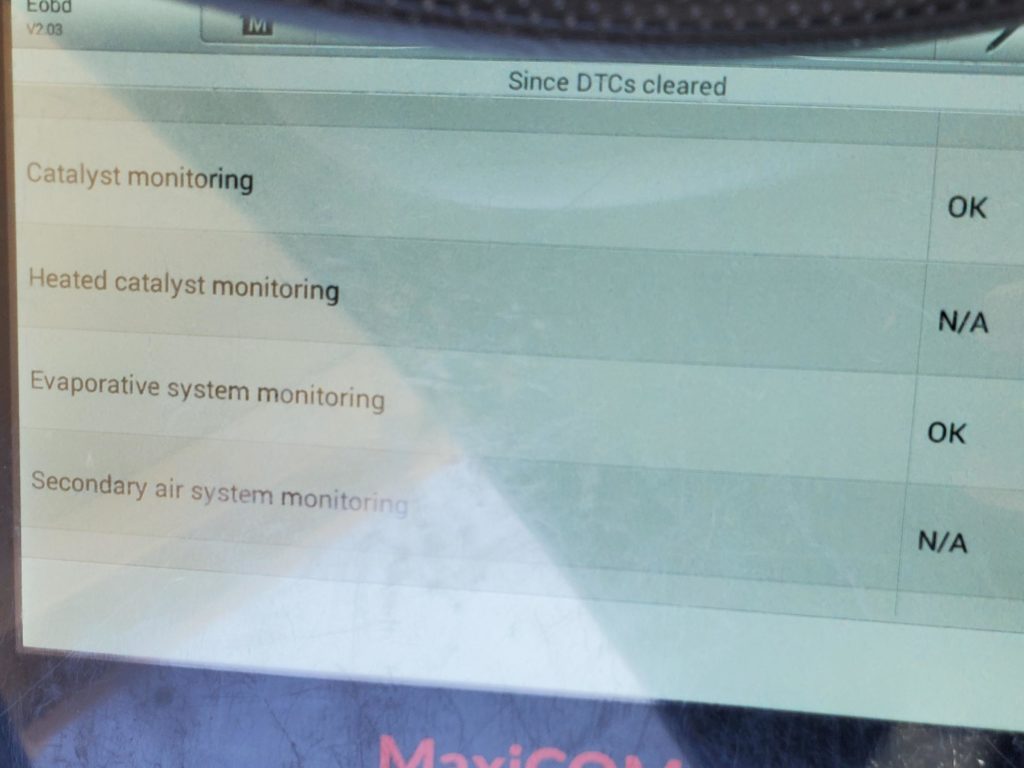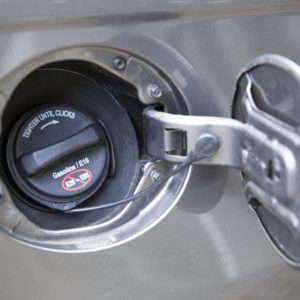You’ll often hear people say the check engine light is nothing to worry about—it’s probably just a loose gas cap. While it’s true that a loose gas cap can trigger the check engine light, there are countless other reasons why the light might turn on.
Let’s dispel any myths by helping you understand how your car’s gas cap and evaporative emissions system work together.
Can a gas cap make the check engine light come on?
Yes, a loose gas cap can turn on the check engine light (CEL), primarily on vehicles built after 1996. But a loose fuel cap certainly isn’t the only reason for the warning. To determine whether the cap is to blame, you (or your mechanic) will need to do some detective work.

Before you jump into the troubleshooting process, though, it’s helpful to understand how the cap can trigger the CEL in the first place.
You see, on modern vehicles, the gas cap is part of the evaporative emissions control (EVAP) system. The EVAP system prevents harmful fuel vapors from entering the atmosphere by trapping then purging the vapors.
Most vehicles built after 1996 (and all of those built after 1999) have what’s called an “enhanced” EVAP system. Enhanced systems can perform self-tests to check for vapor leaks in the fuel tank and associated components.

The engine computer, which is often referred to as the powertrain control module (PCM), monitors the EVAP system for leaks. If the PCM detects a leak—from a loose gas cap or any other part of the EVAP system—it turns on the CEL and stores a corresponding diagnostic trouble code (DTC) in its memory.
How to Tell If a Loose Fuel Cap Is Triggering Your Check Engine Light
There are countless reasons why the PCM might turn on the CEL. To determine whether the gas cap might be to blame, you’ll first need to use a scan tool or code reader to retrieve the DTCs from the PCM’s memory. You can also choose to have a professional retrieve the codes for you.

Typically, when the gas cap is to blame for the CEL, the PCM stores a code for an EVAP system leak in its memory. Examples include codes P0455 “Evaporative Emission System Leak Detected (Large Leak)” and P0457 “Evaporative Emission System Leak Detected (Fuel Cap Loose/Off)”.
How to Reset the Check Engine Light on a Loose Gas Cap
Although the PCM can log EVAP leak codes for a variety of reasons, the most common cause is a loose or faulty gas cap. As such, you’ll want to check the gas cap before trying anything else. Make sure to tighten the cap completely. On most vehicles, the cap will “click” into place when it’s secure.
After you’ve tightened down the gas cap, use a scan tool or code reader to clear the EVAP-related codes from the PCM’s memory. The codes will not go away immediately on their own—you must use a tool to clear them. Then you can drive the vehicle to see whether the codes return.
If the CEL does not return after a few weeks of driving, there’s a good chance that tightening down the gas cap fixed the problem.

It’s important to note, however, that the PCM does not continuously check the EVAP system for leaks. Instead, the device only runs the EVAP system self-test, which is referred to as a “monitor”, when certain conditions are correct. For example, on most vehicles, the fuel tank must be between 15% and 85% full, and several sensors must be within a certain operating range.

You can verify whether tightening the gas cap fixed the problem by watching the EVAP monitor on a scan tool (some code readers will also work). Once the EVAP monitor’s status changes to “OK” (or something similar), the PCM has deemed the problem is fixed.
Keep in mind that you may need to drive the car for several days (or even weeks) before the PCM runs the EVAP system monitor.
What If the Gas Cap is Not the Cause of the EVAP Leak Code?
If the EVAP leak code returns after tightening down the gas cap, you may want to try swapping out the cap, since replacements are relatively inexpensive. Should you find the code returns even after replacing the cap, the leak is somewhere else in the EVAP system.
Pinpointing an EVAP leak that’s not the gas cap can be difficult. Usually, the process requires the use of a professional smoke machine, which forces smoke into the EVAP system so that (hopefully) the leak will become visible when smoke starts billowing out.
Where to Get a Replacement Gas Cap for Your Vehicle
If your loose gas cap is beyond saving, you’ll likely need to purchase a new one. After all, if it keeps triggering your check engine light, it’ll be more difficult to notice if something else in your vehicle’s system is amiss. Good thing you can purchase a replacement gas cap here at CarParts.com.
With the easy-to-navigate CarParts.com website, you’ll find just the right gas cap for your vehicle. Make sure you use the built-in vehicle selector to guarantee that it’ll fit your vehicle’s make and model. It’ll only take a few quick clicks to go through our convenient and secure checkout. We’ll even deliver your gas cap in as few as two working days. If you have any questions or concerns, feel free to reach out to our friendly customer service team for help. We’re always ready to lend a hand and are available around the clock.
Place your order for a new gas cap on CarParts.com today.
Any information provided on this Website is for informational purposes only and is not intended to replace consultation with a professional mechanic. The accuracy and timeliness of the information may change from the time of publication.
















